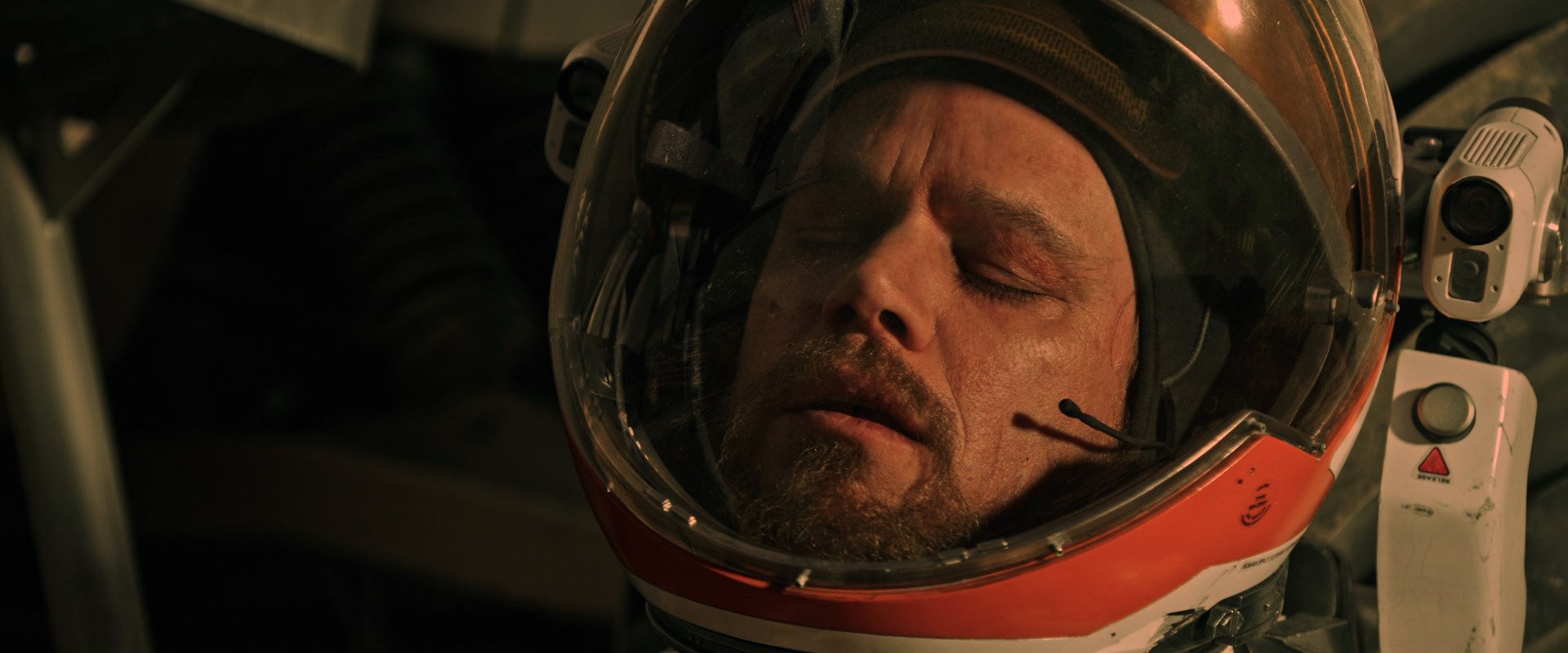
Saunders use archaeological research discoveries and photographs from NASA and other space programs to document the uncanny similarities between Martian and now-extinct Earth cultures. In this provocative book, The Cydonia Codex authors George J. Presents information about the nature, relationship, and reactivity of chemical elements and compounds on Mars Explores the potential habitability of Mars Provides a comprehensive view of volatiles in the Martian crust from studies of actual samples as well as from the variety of landed missions, including the MER and Curiosity rovers Delivers a vital reference for ongoing and future missions to Mars while synthesizing large data sets and research on volatiles in the Martian atmosphere Concludes with an informative summary chapter that looks to future Mars missions and what might be learned The Martian in the Wood Coverage includes data from orbiter and in situ rovers and landers, geochemical and geophysical modeling, and combined data from the SNC meteorites. The second half of the book explores processes and locations on the crust, including what we have learned about volatile mobility in the Martian crust. Organized into two main sections, the first half of the book focuses on the Martian meteorites and specific volatile elements. The book presents chapters written by well-established experts who currently focus on the topic, providing the reader with a fresh, up-to-date and accurate view. Mars science is a rapidly evolving topic with new data returned from the planet on a daily basis. Volatiles in the Martian Crust is a vital reference for future missions - including ESA’s EXO Mars and NASA’s Mars2020 rover - looking for evidence of life on Mars and the potential for habitability and human exploration of the Martian crust. Will his resourcefulness be enough to overcome the impossible odds against him? The Martian : ensam på Mars

Drawing on his ingenuity, his engineering skills and a relentless, dogged refusal to quit, he steadfastly confronts one seemingly insurmountable obstacle after the next. Damaged machinery, the unforgiving environment, or plain old "human error" are much more likely to kill him first. Chances are, though, he won't have time to starve to death. After a dust storm nearly kills him and forces his crew to evacuate while thinking him dead, Mark finds himself stranded and completely alone with no way to even signal Earth that he's alive - and even if he could get word out, his supplies would be gone long before a rescue could arrive.


Now, he's sure he'll be the first person to die there. In the Young Readers Edition of The Martian: Classroom-appropriate language Discussion questions and activities Q&A with Andy Weir Six days ago, astronaut Mark Watney became one of the first people to walk on Mars.


 0 kommentar(er)
0 kommentar(er)
